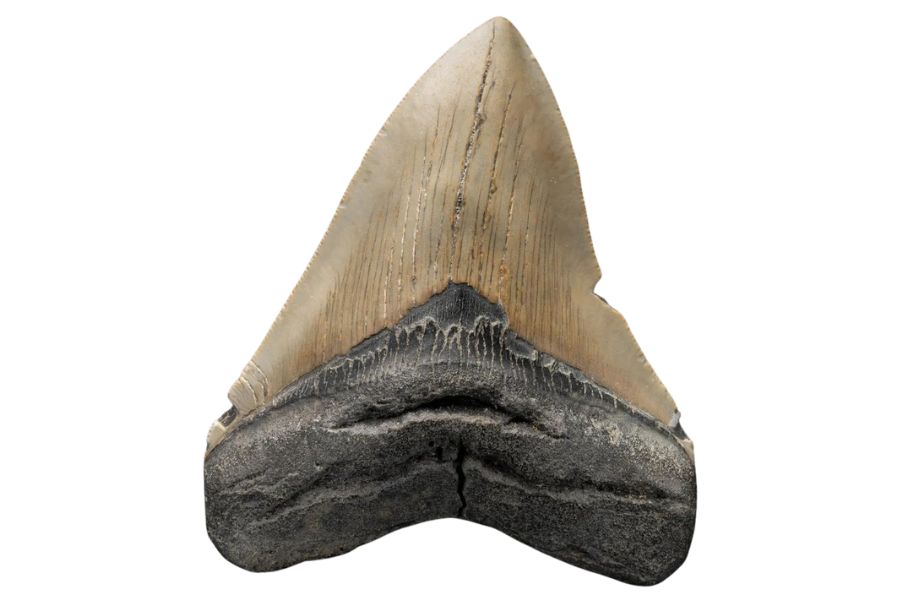Knowing where to find megalodon teeth in South Carolina is key to a successful hunt. These massive shark teeth can be found in various places like riverbeds, ocean shores, and creek beds.
In our experience, some of the best spots to search are Myrtle Beach, Cooper River, and Summerville. These megalodon teeth have a history of popping up in these places. We also share the best practices we’ve learned along the way.
It can be tough to find megalodon teeth without knowing the right techniques or having an experienced guide. We’re here to help with that, sharing our knowledge of the best locations and providing tips to make your search successful.
What Are South Carolina Megalodon Teeth Anyway?
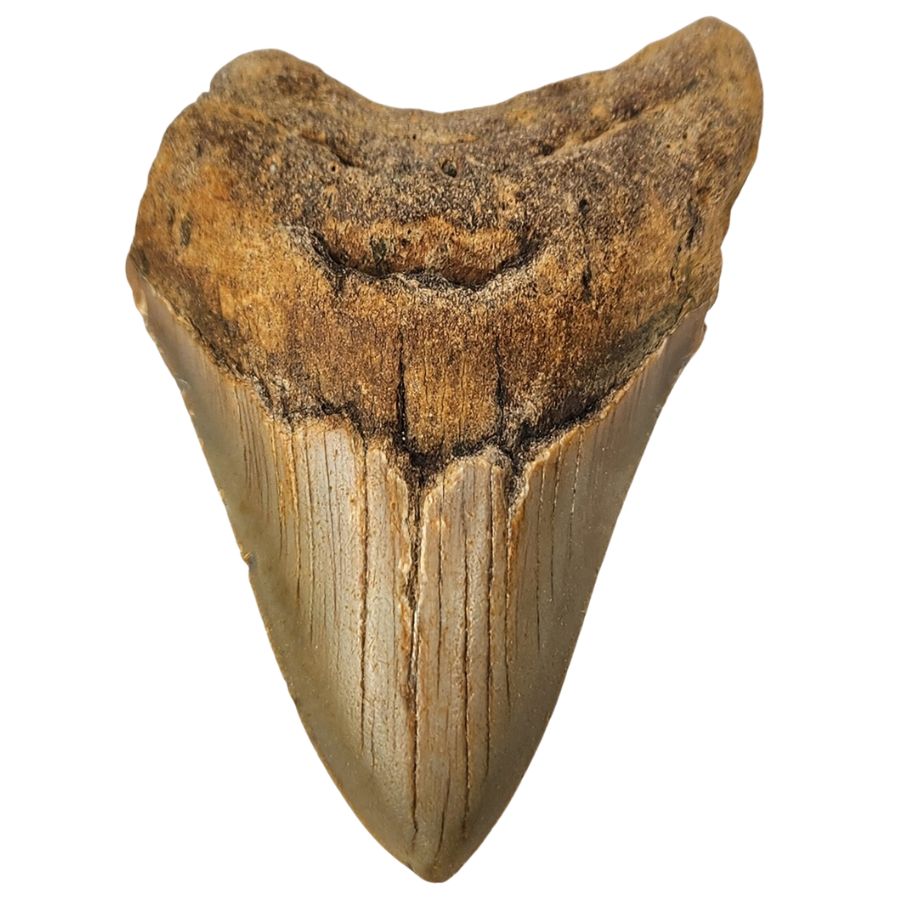
Megalodon teeth are fascinating fossils from a giant shark that lived millions of years ago. These teeth are much larger than the teeth of sharks today, sometimes measuring over 7 inches long!
Once you find them, identifying megalodon teeth is exciting. They have a triangular shape, with a sharp edge and a thick root. The size and shape can tell a lot about the megalodon shark’s size and eating habits.
These teeth are mostly found in places where the ocean or rivers have moved sand and soil around for a long time. Riverbeds and coastal regions in South Carolina are known for being great spots for finding these teeth.
Divers often go deep into the river waters to search the bottom, while beachcombers scan the sands after tides or storms. These places are where the earth naturally brings hidden things to the surface.
The value of megalodon teeth goes beyond just money. Sure, bigger and better-preserved teeth can be worth a lot to collectors. But their real value is in what they tell us about our planet’s history.
The Types Of Megalodon Teeth Found In South Carolina
Just like humans, the megalodon shark had different types of teeth in its mouth. These types are based on where the teeth were located in the megalodon’s mouth. Thus, there are three types of megalodon teeth:
- Anterior
- Lateral
- Posterior
To help you on your journey, we have a detailed fossil guide that’s perfect for beginners and seasoned collectors. It’s packed with tips on how to find fossils in South Carolina.
- The deep experience and understanding of our team about the area
- Recommendations from local groups and clubs
- How easy it is to get the a particular location
- Safety and potential hazards when collecting
- Weighing private and public locations
- The ability for both experienced and novice geode enthusiasts to find great samples
With these factors in mind we’ve been able to put together a fantastic list that just about anyone can use!
It’s really easy to pass up on great finds without a little guidance. A lot of you are making some mistakes with what you’re throwing away.
If you want REAL results finding incredible rocks and minerals you need one of these 👇👇👇
Finding the coolest rocks in isn’t luck, it's knowing what to look for. Thousands of your fellow rock hunters are already carrying Rock Chasing field guides. Maybe it's time you joined the community.
Lightweight, mud-proof, and packed with clear photos, it’s become the go-to tool for anyone interested discovering what’s hidden under our red dirt and what they've already found.
Join them, and make your next rockhounding trip actually pay off.
What makes it different:
- 📍 Find and identify 140 incredible crystals, rocks, gemstones, minerals, and geodes across the USA
- 🚙 Field-tested across America's rivers, ranchlands, mountains, and roadcuts
- 📘 Heavy duty laminated pages resist dust, sweat, and water
- 🧠 Zero fluff — just clear visuals and straight-to-the-point info
- ⭐ Rated 4.8★ by real collectors who actually use it in the field
The Best Places To Find Megalodon Teeth in South Carolina
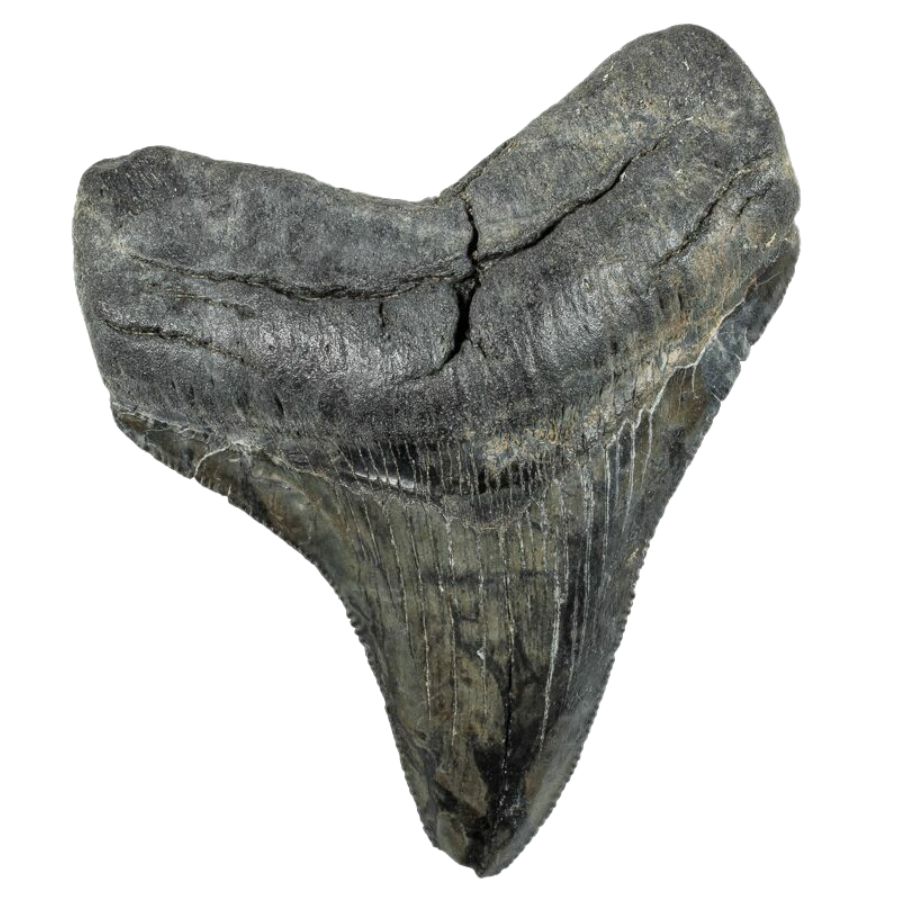
Finding megalodon teeth requires knowing the right spots and a bit of luck. It’s a challenging task, as these fossils are hidden and not always easy to spot.
We can show you the specific areas where these teeth are often found and give you tips on how to make your search more fruitful.
Always Confirm Access and Collection Rules!
Before heading out to any of the locations on our list you need to confirm access requirements and collection rules for both public and private locations directly with the location. We haven’t personally verified every location and the access requirements and collection rules often change without notice.
Many of the locations we mention will not allow collecting but are still great places for those who love to find beautiful rocks and minerals in the wild without keeping them. We also can’t guarantee you will find anything in these locations since they are constantly changing.
Always get updated information directly from the source ahead of time to ensure responsible rockhounding. If you want even more current options it’s always a good idea to contact local rock and mineral clubs and groups
Myrtle Beach
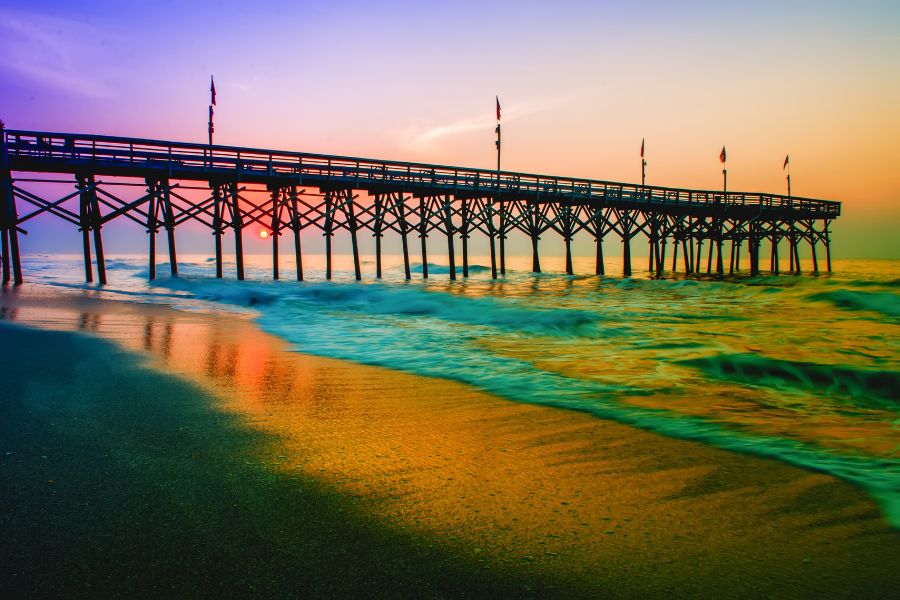
Myrtle Beach is known for its expansive coastline with long stretches of sandy beaches. The geography here is part of a larger area known for its flat, coastal terrain, making it easily accessible for beachgoers and fossil hunters alike.
Its geology is particularly interesting because the area is a treasure trove of sedimentary layers, deposited over countless years.
This sedimentary composition makes it a good spot for finding fossils, including South Carolina megalodon teeth, a remnant of the region’s rich prehistoric marine life.
When we collect rocks and fossils in this area, we always keep in mind the local regulations. The South Carolina Department of Natural Resources (SCDNR) is the main law enforcement body overseeing these activities.
They collaborate with the South Carolina Institute of Archaeology and Anthropology (SCIAA) and local law enforcement to enforce the Underwater Antiquities Act. This partnership is crucial to ensure that fossil collecting is done responsibly.
Where we found megalodon teeth in Myrtle Beach
The best places to look for megalodon teeth are the areas where sand and sediment are naturally moved by the ocean. You’re more likely to spot these impressive fossils partially buried in sand or among pebbles along the shoreline.
If you want REAL results finding incredible rocks and minerals you need one of these 👇👇👇
Finding the coolest rocks in isn’t luck, it's knowing what to look for. Thousands of your fellow rock hunters are already carrying Rock Chasing field guides. Maybe it's time you joined the community.
Lightweight, mud-proof, and packed with clear photos, it’s become the go-to tool for anyone interested discovering what’s hidden under our red dirt and what they've already found.
Join them, and make your next rockhounding trip actually pay off.
What makes it different:
- 📍 Find and identify 140 incredible crystals, rocks, gemstones, minerals, and geodes across the USA
- 🚙 Field-tested across America's rivers, ranchlands, mountains, and roadcuts
- 📘 Heavy duty laminated pages resist dust, sweat, and water
- 🧠 Zero fluff — just clear visuals and straight-to-the-point info
- ⭐ Rated 4.8★ by real collectors who actually use it in the field
Beaufort
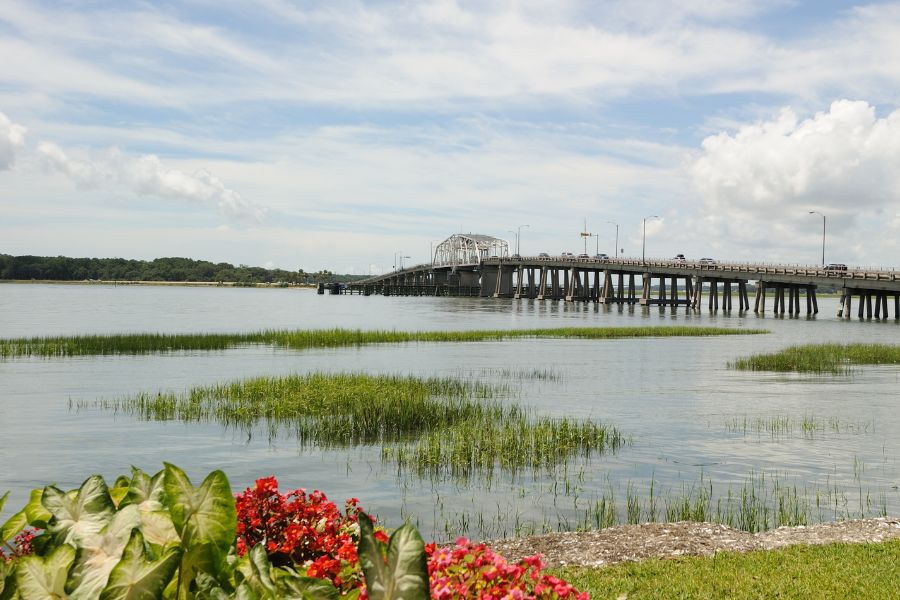
Beaufort is a fascinating area known for its rich natural landscape. It’s nestled along the coast, featuring a mix of marshes, forests, and islands.
The Broad River runs through the area, accompanied by several creeks and streams, adding to the diverse terrain. This setting creates a unique geological environment, with sedimentary soils and a variety of aquatic ecosystems.
The presence of the river and creeks not only defines the area’s topography but also contributes to its rich biodiversity.
Where we found megalodon teeth in Beaufort
Megalodon teeth can be found in areas where ancient marine sediments are present. The Broad River and its surrounding creeks and streams are good places to start looking.
These waterways often uncover fossils, including megalodon teeth, especially after storms or heavy rains.
Cooper River

Cooper River winds through a diverse landscape, flanked by forests and marshes. Its geography is notable, with the river cutting through various terrains, creating a unique ecosystem.
The terrain along the river is primarily flat, making it accessible for those who enjoy outdoor activities.
Geologically, Cooper River’s bed is rich in sedimentary deposits, a result of centuries of natural processes. These sediments make the river a popular spot for people who enjoy searching for fossils.
The mix of sand, clay, and organic materials in the riverbed offers ideal conditions for the preservation of fossils, including megalodon teeth.
Where we found megalodon teeth in Cooper River
In Cooper River, the hunt for megalodon teeth involves diving into its waters. These huge, fossilized teeth from a prehistoric shark are often found buried in the riverbed sediment.
For enthusiasts learning how to find megalodon teeth in South Carolina, Cooper River offers a unique underwater experience.
Summerville

Summerville is a unique area that’s situated inland, characterized by a flat terrain that occasionally rises into gentle hills. The soil here is a mix of sandy loam and clay, telling of the area’s geological history.
The terrain includes numerous creeks, which are particularly interesting to explore if you want to look for megalodon teeth.
Summerville’s geology is rich with sedimentary layers, which hint at various environmental changes over time. These layers, full of different types of soils and sediments, make it an interesting place for anyone fascinated by the Earth’s history.
Where we found megalodon teeth in Summerville
In our explorations around Summerville, we’ve found that megalodon teeth can be discovered in local creeks. These creeks, with their flowing waters, often reveal hidden fossils in the gravel.
However, it’s important to remember that digging into the banks isn’t allowed because it can cause erosion. Thus, we always search for teeth by looking in the gravels without using tools.
One particular creek, Chandler Bridge Creek, is a notable spot where many have found megalodon teeth.
Folly Beach
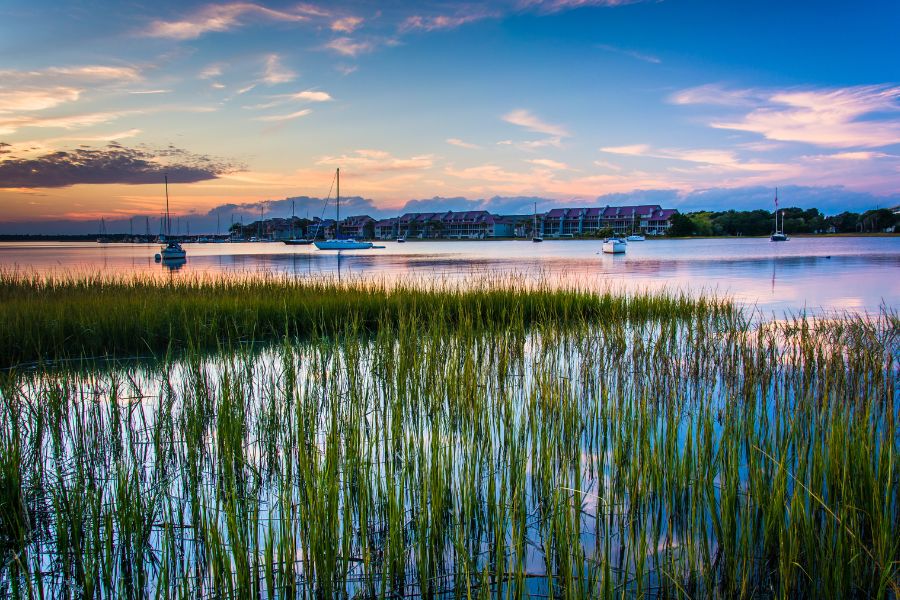
Folly Beach is known for its stunning coastal scenery, with six miles of beaches and extensive waterways. It’s a barrier island, characterized by long stretches of sandy beaches and dunes.
Its terrain is predominantly sandy with occasional areas of marshland, creating diverse natural landscapes.
Geologically, Folly Beach is shaped by the ocean’s dynamic forces, with sands constantly shifting due to tides and currents. This ever-changing environment means the island’s shape and size can vary over time.
Where we found megalodon teeth in Folly Beach
The best times to look for megalodon teeth in this area are after storms or during low tide when the sea reveals what’s hidden beneath.
Walking along the water’s edge, especially near the washout areas, can help you spot these large, fossilized teeth partially buried in the sand.
Other Great Places To Find South Carolina Megalodon Teeth
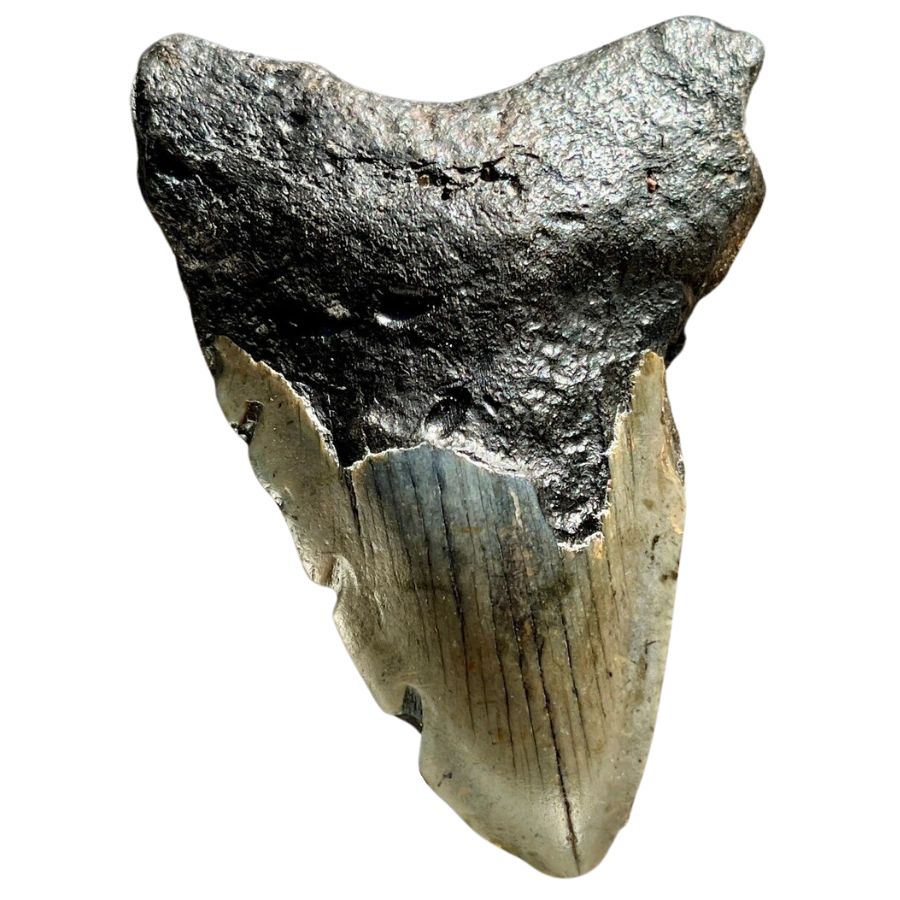
In our adventures across South Carolina, we’ve discovered some fantastic spots for finding megalodon teeth. We’re excited to share a list of these areas where fellow enthusiasts can embark on their own journey:
Our recommendations by county
| Beaufort County | Hilton Head Island |
| Berkeley County | Hanahan |
| Berkeley County | Moncks Corner |
| Berkeley County | Ashley River |
| Berkeley County | Goose Creek |
| Charleston County | Morris Island |
| Charleston County | Isle of Palms |
| Charleston County | Charleston |
| Charleston County | Edisto Island |
| Charleston County | Stono River |
| Georgetown County | Huntington Beach State Park |
| Georgetown County | Pawleys Island |
| Horry County | Cherry Grove Beach |
Common Megalodon Teeth-Hunting Questions
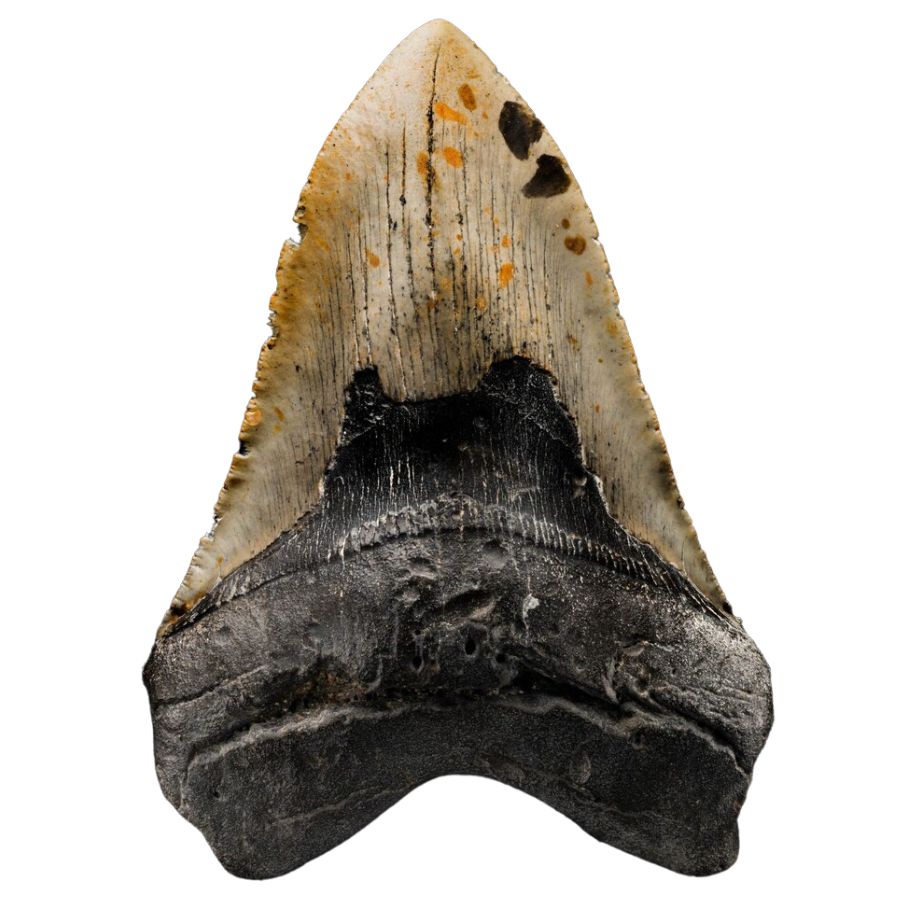
Megalodon teeth spark a lot of interest and questions. We’re always eager to share our knowledge and experiences to answer these common queries.
Is it illegal to collect megalodon teeth in South Carolina?
In our trips around South Carolina, we’ve learned that it’s generally legal to collect megalodon teeth. The key is to be aware of where you are collecting.
According to state regulations, anyone can collect a “reasonable amount” of fossil teeth. This is especially true above the low water mark, where you’re free to collect fossils.
However, if you plan to collect below the low water mark or want to scuba dive for fossils, things change a bit. For these activities, you need a special hobby license.
This license ensures that fossil collecting, especially underwater, is done responsibly and respects the natural and archaeological heritage of the area.
The Best Places To Buy Megalodon Teeth In South Carolina

We’ve come across some great shops in South Carolina for buying megalodon teeth. If you’re looking to add a megalodon tooth to your collection, these shops are definitely worth a visit:
- Dixie Gem – 2517 Poinsett Hwy, Greenville, SC 29609
- A & A Rockshop – 1614, 1624 W Main St, Lexington, SC 29072
- Cornerstone Minerals – 18 S Main St, Greenville, SC 29605
- The Gem Store – Indoor Gem Mine – 509 ByPass 123 Suite E, Seneca, SC 29678

